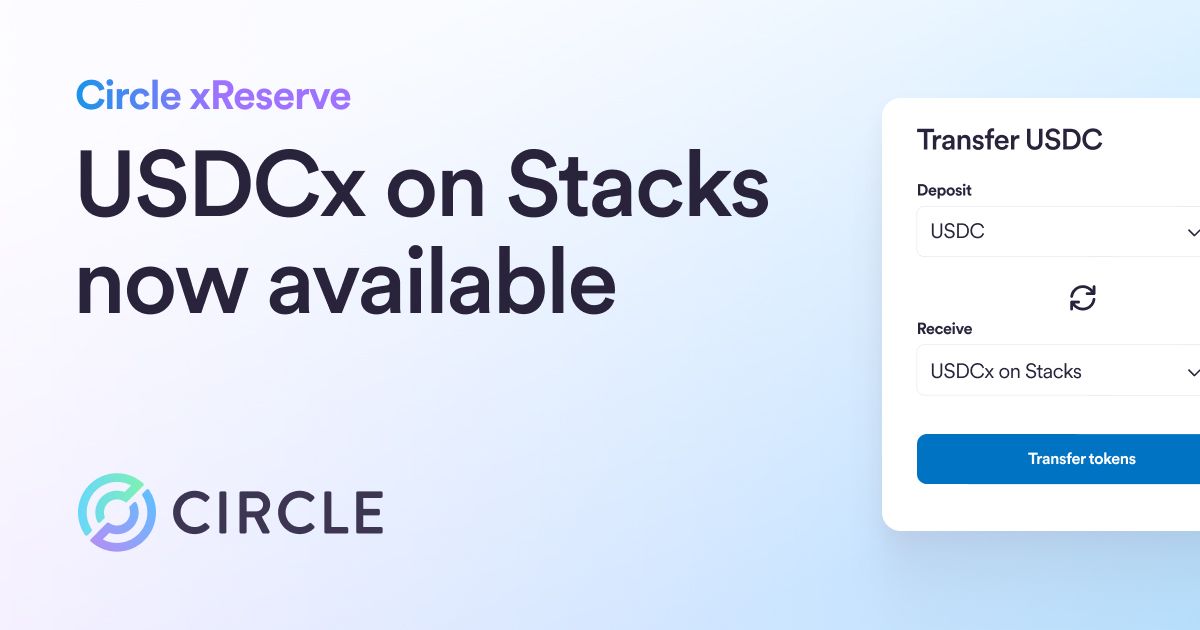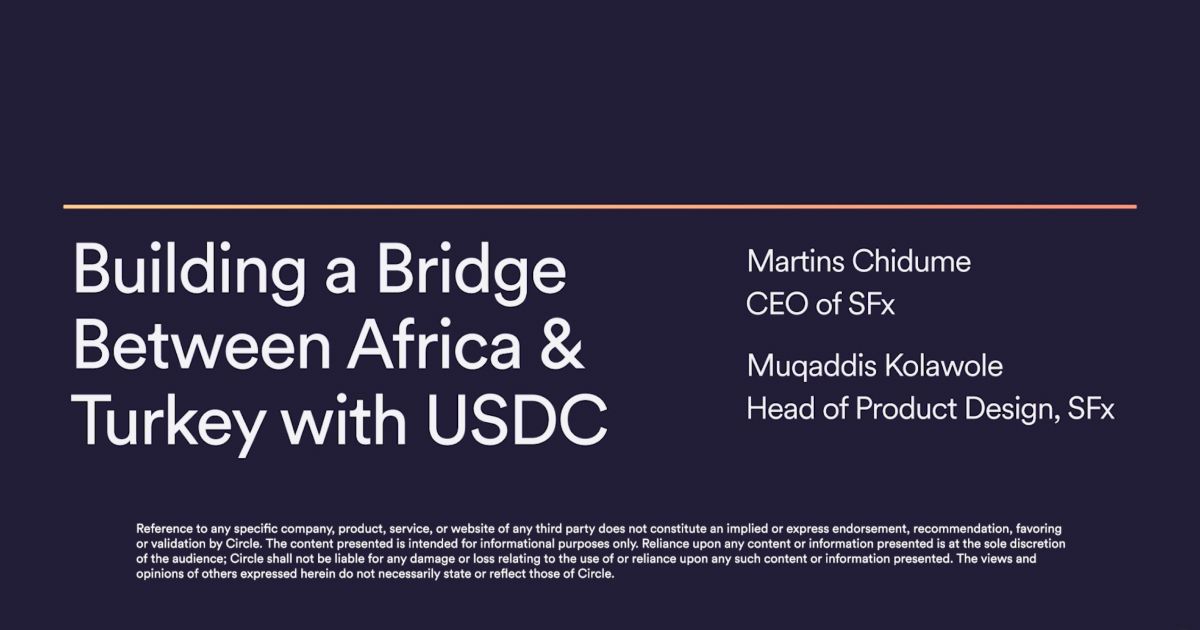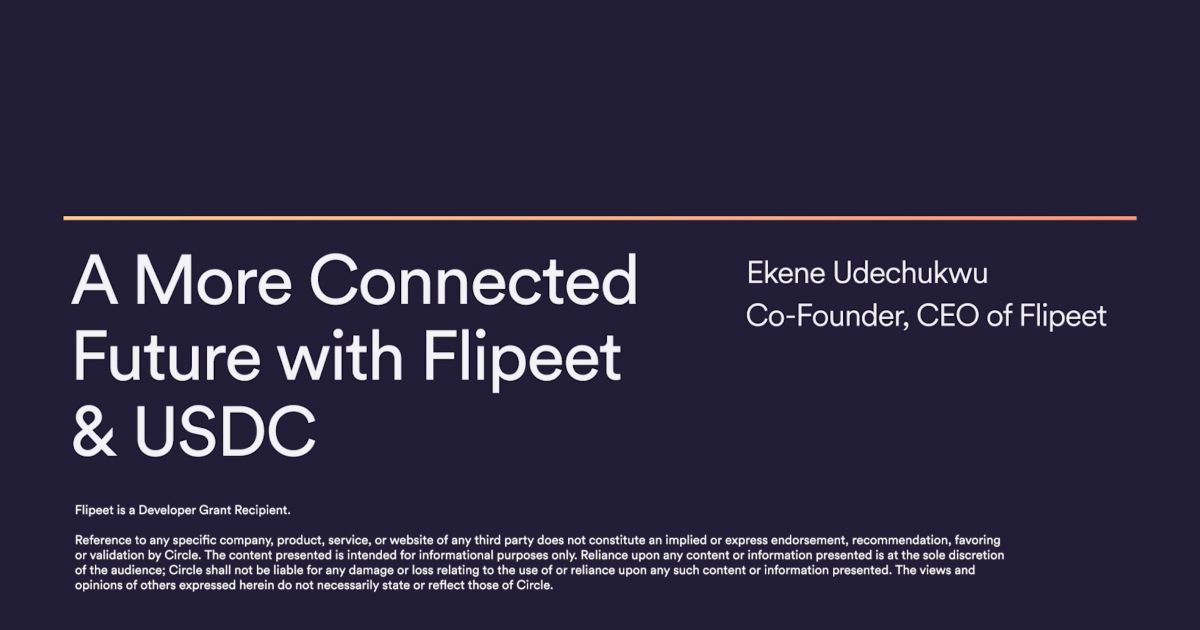The ability to make secure, borderless financial transactions has made stablecoins key building blocks of a new global payments infrastructure. Read more!

While there have been a number of significant events in the crypto world recently, including a major rally in the price of digital currencies, Square’s purchase of $50 million in bitcoin, PayPal’s introduction of crypto trading and the launch of JPMorgan’s ‘JPM Coin’, the rise of stablecoins is likely to take precedence as the biggest development in cryptoassets in 2020.
The growing global demand for these coins has led to stunning growth: from a market cap of $6 billion to start the year, stablecoin issuance has exploded, with total market cap climbing to $20 billion today.
A recent webinar hosted by FT Partners featured several crypto industry experts discussing the stablecoin phenomenon and examining the factors which make these coins crucial building blocks of a new global payments system.
The experts featured in the webinar included Jeremy Allaire, Co-Founder & CEO of Circle; Barry Silbert, Founder & CEO of Digital Currency Group; Robert Leshner, Founder of Compound; and Cuy Sheffield, Head of Crypto at Visa.
What Are Digital Dollar Stablecoins?
Digital dollar stablecoins are US dollar-backed digital currencies with reserves held in regulated financial institutions and redeemable in fiat currency through the traditional banking system.
Arguably, the most reputable, trustworthy and innovative stablecoin is USD Coin (USDC). USDC is the fastest-growing, fully-reserved, and regulated US dollar-backed stablecoin.
Governed by the Centre Consortium, led by Circle and Coinbase, USDC has grown by nearly 500% in 2020, from a market cap of just over $400 million to nearly $3 billion today.
Key Factors Fueling Global Stablecoin Demand
The panel of experts interviewed at the FT Investors webinar cited a number of factors behind the surging global demand for stablecoins. These include:
- The expanding crypto trading industry, which helped bootstrap early growth of stablecoins, relies on US dollar-backed stablecoins as a critical piece of market infrastructure for a diverse set of trading and hedging use cases.
- DeFi lending and credit markets, which burst onto the scene earlier this year, leverage US dollar-backed stablecoins for collateral, and recently surpassed $12 billion in locked value, and continue to grow rapidly as interest rates flatline around the world.
- Dollarization is fueling demand for digital dollars. As many currencies strain under macro conditions and show increased volatility, businesses and institutions are pursuing strategies to access US dollars. USDC has emerged as one of the most efficient and effective vehicles in the flight to safety.
- Most importantly, financial institutions and businesses representing nearly every industry sector are beginning to use dollar-backed stablecoins in payments, commerce, and treasury operations. They are attracted by unique attributes of these digital currencies, including near-instant settlement, low-cost global and interoperable transactions, irreversibility, lower counterparty risk, and 24/7 availability.
Commenting on the increasing demand for stablecoins such as USDC, Circle CEO Jeremy Allaire stated: “We are on the frontier of realizing the promise of digital dollar stablecoins where digital money can be used in the same way you can use digital content. You can send it and receive it anywhere in the world, instantly, globally, frictionlessly, at virtually no cost. That’s the great leap forward. Stablecoins are doing to payments infrastructure what the internet has done to content, media, and communications.”
Financial institutions all over the world are getting involved or looking for ways to participate in this burgeoning market.
“Visa is expanding its business with the goal of moving money end-to-end for businesses in addition to consumers and merchants. Visa currently processes nine trillion of annual retail payment volume. There’s an additional 120 trillion dollars in B2B payment flows that are made mostly by check or wire transfer that Visa currently doesn't participate in. So, if stablecoins and blockchain networks can contribute to this broader trend of B2B payment modernization and can capture and digitize some of these flows, we’re really excited to find opportunities to participate.”
—Cuy Sheffield of Visa
What will It take for stablecoins to go mainstream?
Three broad trends are coalescing to accelerate and broaden the adoption of digital dollar stablecoins.
- Regulatory clarity. Regulatory guidance, such as the recent guidance from the US Department of Treasury’s OCC, has started to emerge in major economies, defining fiat-backed stablecoins as payments infrastructure financial instruments that can be used to store and transmit value, and are overseen and treated that way. This trend is developing at an accelerated pace across the G20.
- Intense competition in the infrastructure layer. In addition to fierce competition, this layer, made up of public blockchains, is seeing significant capex buildout. It features third-generation chains like Libra, Algorand, and Ethereum 2.0, which are being designed to handle tens of thousands of transactions per second, with transaction costs of a twentieth of a cent and the efficiency and scale to handle hundreds of millions to billions of users. This is happening now, and as these trends continue to gather momentum, global consumer apps are likely to scale within the next 12 months.
- Great consumer facing companies building great consumer facing experiences. Consumer-focused fintechs and traditional internet payment companies are interfacing and integrating with established payment networks, like Visa, to provide interoperability. Not just Facebook, but many firms that touch hundreds of millions or billions of consumers are taking this seriously.
“There’s something called Libra that one of these days, months or years, will get launched. And everybody on Facebook will have access to some form of a wallet that’s going to enable them to hold not just Libra. For anti-competitive reasons, you will be able to hold hopefully something like USDC, and eventually something like bitcoin. So, from a consumer penetration perspective, at some point in the next 12 months, the entire world is going to learn about the benefits of tokenized fiat currency.”
—Barry Silbert of Digital Currency Group
DeFi Helps Drive Stablecoin Demand

Decentralized Finance, or DeFi, refers to financial protocols operating on a blockchain that replicate traditional financial services and products without the need for an intermediary.
“DeFi is business functionality or financial products operating on a blockchain.”
— Robert Leshner, Compound CEO
Having these functions take place on a blockchain provides transparency by enabling participants to view logs of transactions and any other relevant information. Thus, participants don’t need to place their trust in any firm or individual when transacting.
“People are deploying computer blockchains onto a blockchain and when they are there everyone can see how they work, they can see the code, they can see all the logs and all the interaction,” said Leshner. “So, they don’t need to trust anyone or make any assumptions about how it works.”
According to Jeremy Allaire, the desire of traders of highly volatile digital commodity assets like bitcoin for a stable currency to trade with and use for hedging and arbitrage was the major factor behind the birth of the stablecoin. As stablecoins evolved, fiat backed versions, such as USDC, have benefited from the ability to offer the stability of a leading fiat currency in digital form.
The future is now
With regard to the future of stablecoins, Allaire sees the coins as benefiting from their high utility value.
“How does a reserve currency compete in the world today? It needs more utility value. So, an internet dollar that behaves like other forms of data and content on the internet has incredible utility value.”
Allaire cited electronics markets companies as prime users of stablecoins. “They would rather hold money in a stablecoin because they can put it to work anytime with anyone on any venue, especially in the digital asset markets, at the speed of the internet and they know they can settle with a counterparty with no counterparty risk in seconds.”
Allaire mentioned business to business use cases as another factor behind the adoption of stablecoins worldwide. He cited the benefits of rapid transaction speeds and payment in digital internet dollars as driving growth, especially in emerging markets where the stability of dollar-backed digital payments is attractive.
“I think stablecoins have sort of been evolving incrementally for a number of years, but I think it is now becoming a massive leap,” Allaire said.
“This past year you’ve sort of seen the issuance, especially of these fiat reserved or fiat backed digital dollar stablecoins, growing very fast, some at rates of 500% growth. We see billions and billions in circulation and the opening up of new markets like lending expanding the universe of applications.”
Contact us to learn more about USDC and Circle Business Accounts.




